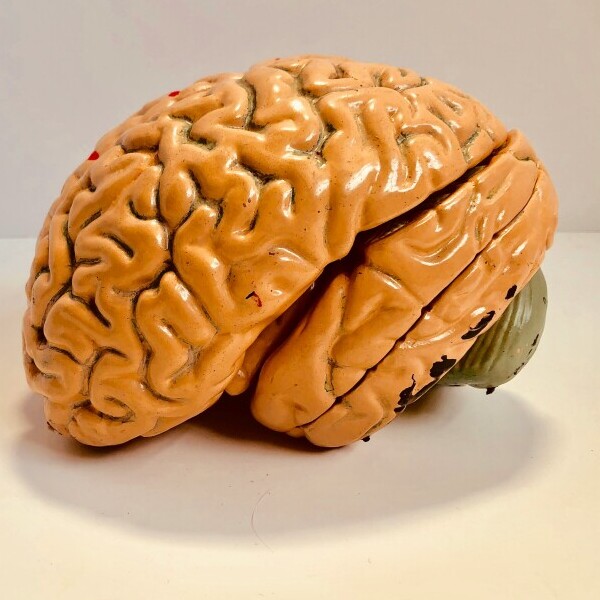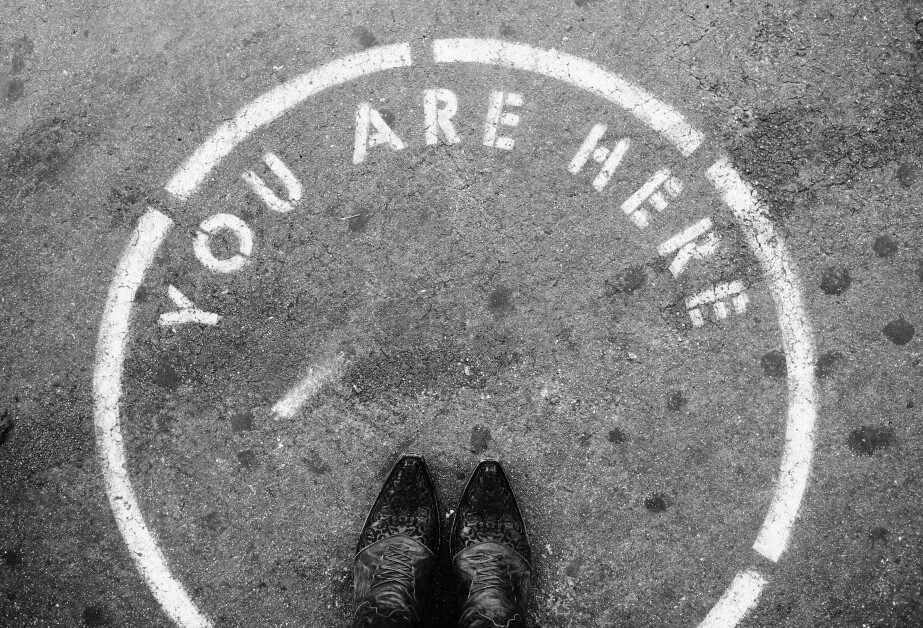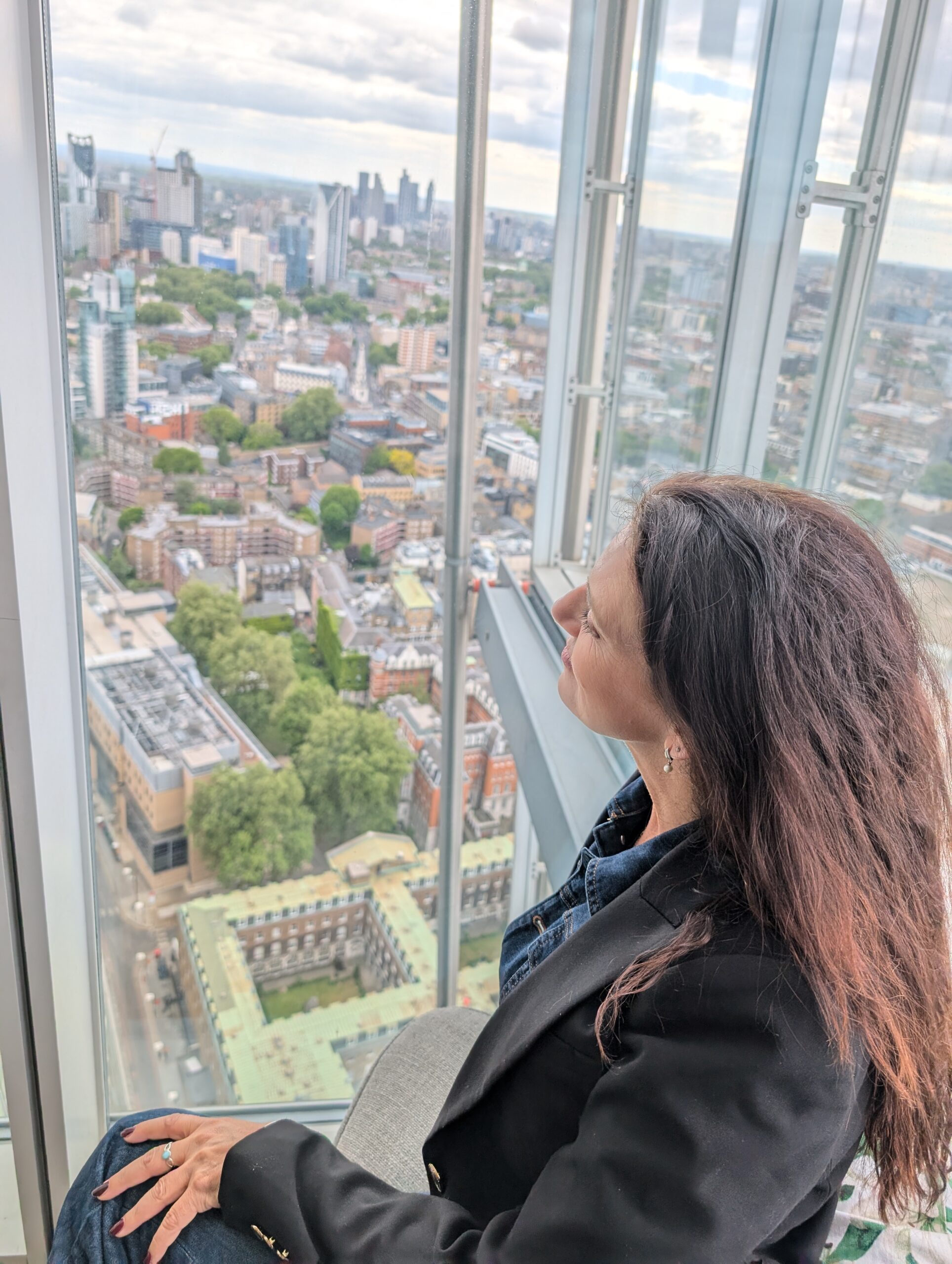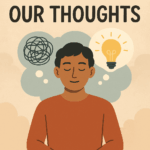Ever landed your dream job and immediately thought, “This won’t last”? Or started a beautiful new relationship only to find yourself waiting for it to fall apart?
You’re not alone.
I see this too good to be true mindset in many of my clients—and, to be honest, I’ve  caught myself slipping into it as well. It’s a quiet fear that bubbles beneath the surface, whispering that we don’t deserve good things, that success is temporary, that love will eventually fade. It’s not just self-doubt. It’s the way we’ve been wired to brace for impact—even in moments of joy.
caught myself slipping into it as well. It’s a quiet fear that bubbles beneath the surface, whispering that we don’t deserve good things, that success is temporary, that love will eventually fade. It’s not just self-doubt. It’s the way we’ve been wired to brace for impact—even in moments of joy.
But why? Why do we sabotage our own happiness?
The Predictive Brain: Wired for Survival, Not Joy
Our brains are prediction machines. Constantly scanning for patterns, they prepare us for what comes next—especially if it’s a threat. This predictive processing is great when crossing a busy road, but less helpful when it turns our joy into suspicion.
If your life experience has been filled with instability, criticism, or loss, your brain adapted to expect disappointment. When something good happens, it feels… wrong. Unfamiliar. Unsafe. So we reject it before it rejects us.
Attachment Wounds: Why Joy Can Feel Unsafe
Attachment theory (Bowlby, 1988) tells us that our earliest relationships shape our worldview. If we learned that love was inconsistent or conditional, we might develop insecure attachment styles—either anxious or avoidant. These patterns don’t only influence relationships—they shape our self-worth and our ability to trust joy.
That internal voice might whisper: “Don’t get too comfortable. This won’t last. You don’t deserve this.” Even happiness becomes a threat.
The Energy We Send Out Shapes Our Reality
As Dr. Joe Dispenza teaches, our thoughts and feelings are powerful energetic forces. “Where you place your attention is where you place your energy,” he says. When we live in a state of fear, doubt, or unworthiness, we’re broadcasting that frequency. And the universe—through relationships, opportunities, and outcomes—tends to mirror it back.
Dispenza encourages us to feel the emotions of our desired future before it arrives—to train our bodies to live in alignment with what we want, rather than what we fear. This means embodying trust, worthiness, and joy even if your brain is still catching up.
So What Can We Do?
You don’t have to believe everything you feel. Emotions are powerful, but they aren’t always truthful reflections of the present. They often echo the past.
Here’s how to move toward joy—and trust it:
1. Practice Embodied Awareness.
Your body holds memories. When dread arises during joy, pause. Notice where the tension sits. Breathe into it. Let your body learn what safety feels like.
2. Rewrite the Script.
Start giving your brain new data. Keep a “joy journal” or “success log” to document when things did go well. With repetition, your mind will start seeing these moments as normal—not suspicious.
3. Anchor in the Now. 
You can’t control the future, but you can live it before it arrives. Ask: How would I feel if I trusted this moment? Start by living beyond time—one breath, one grateful thought, one joyful moment at a time.
4. Heal Through Connection.
Therapy, coaching, and supportive relationships help reshape our nervous systems. Safe connection builds trust—internally and externally. It says: It’s okay to stay.
5. Speak to Your Fear.
Try this gentle reframe: “Thank you for trying to protect me. But I choose to be here now.” Compassion softens resistance more than judgment ever will.
We live in a world conditioned to expect bad news. But joy doesn’t have to be suspicious. It doesn’t mean something bad is coming next. It doesn’t mean you’ve tricked the universe.
You are allowed to feel good. To succeed. To love. To heal.
Let yourself receive it.
Even if it’s just for today.






